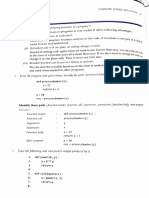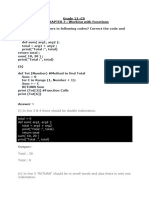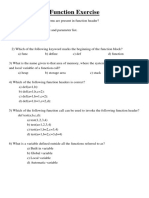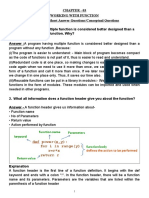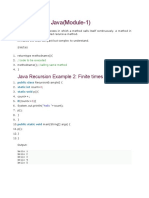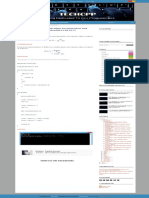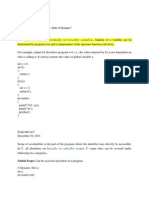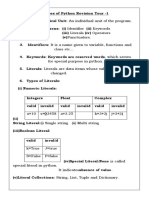0% found this document useful (0 votes)
100 views23 pagesCHAPTER-3-working The Functions-Notes
FUNCTIONS
Uploaded by
trivenya0523Copyright
© © All Rights Reserved
We take content rights seriously. If you suspect this is your content, claim it here.
Available Formats
Download as DOCX, PDF, TXT or read online on Scribd
0% found this document useful (0 votes)
100 views23 pagesCHAPTER-3-working The Functions-Notes
FUNCTIONS
Uploaded by
trivenya0523Copyright
© © All Rights Reserved
We take content rights seriously. If you suspect this is your content, claim it here.
Available Formats
Download as DOCX, PDF, TXT or read online on Scribd
/ 23


